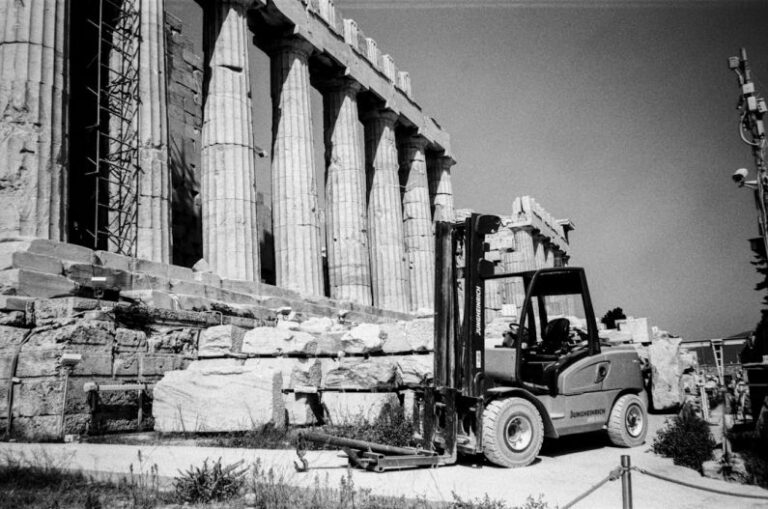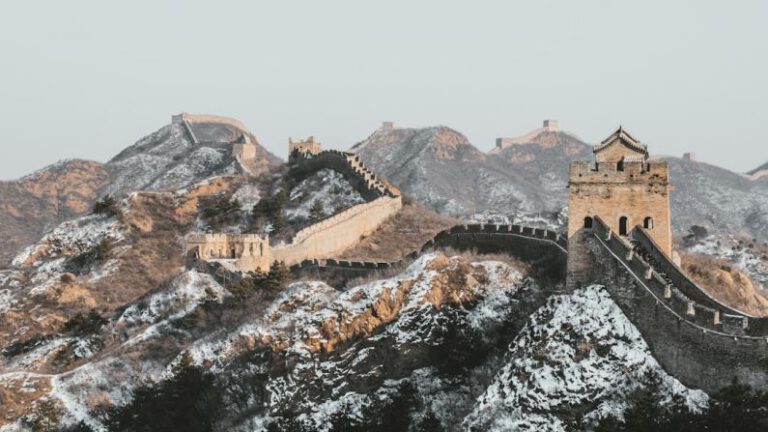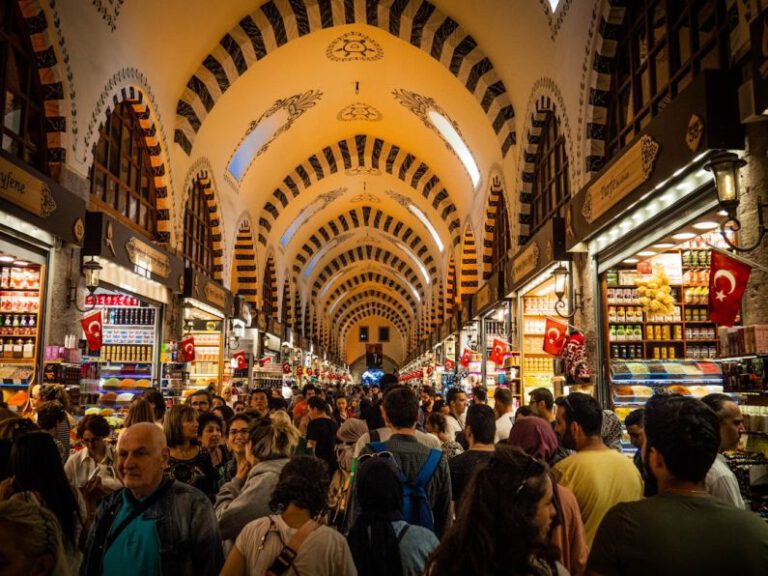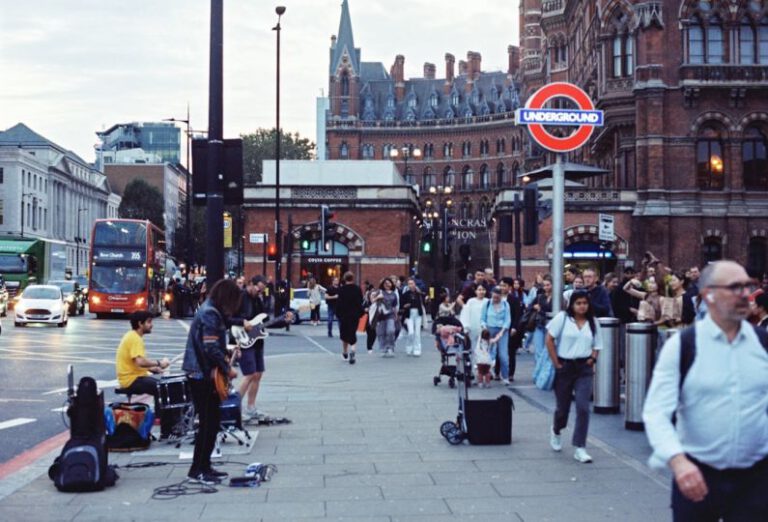Echoes of an Empire: the Rebirth of the Hagia Sophia
For centuries, the Hagia Sophia has stood as a testament to the splendor and grandeur of the Byzantine Empire. Originally built as a cathedral in Constantinople, it later served as a mosque under the Ottoman Empire. Now, in a momentous decision, the Turkish government has declared that the Hagia Sophia will once again become a mosque. This move has sparked a mix of celebration and controversy worldwide, as the iconic structure holds immense historical and cultural significance. The rebirth of the Hagia Sophia raises questions about preservation, identity, and the intersection of religious and political power.
A Symbol of Byzantine Glory
The Hagia Sophia, meaning “Holy Wisdom” in Greek, was constructed in the 6th century during the reign of Emperor Justinian I. It served as the primary cathedral of the Eastern Orthodox Church for nearly a thousand years, witnessing coronations, religious ceremonies, and imperial proclamations. The building’s massive dome, intricate mosaics, and soaring arches reflected the architectural and artistic achievements of the Byzantine Empire. The Hagia Sophia stood as a symbol of Byzantine glory, a physical embodiment of the empire’s power and Christian faith.
Transformation and Adaptation
In 1453, Constantinople fell to the Ottoman Turks, and the Hagia Sophia was converted into a mosque by Sultan Mehmed II. Islamic elements such as minarets, mihrabs, and calligraphy were added to the structure, blending Byzantine and Islamic architectural styles. The building’s function changed, but its significance endured. The Hagia Sophia became a symbol of Ottoman rule and the triumph of Islam over Christianity. For centuries, it remained a focal point of religious and cultural life in Istanbul, reflecting the city’s diverse history and heritage.
A Museum of Unity and Division
In 1935, following the establishment of the Republic of Turkey, the Hagia Sophia was converted into a museum by Mustafa Kemal Atatürk, the founder of modern Turkey. This decision was part of Atatürk’s secularization reforms, aimed at creating a more inclusive and secular state. The Hagia Sophia was transformed into a symbol of unity, where visitors of all faiths and backgrounds could appreciate its historical and architectural significance. As a museum, it served as a bridge between East and West, past and present, highlighting the shared heritage of different cultures.
The Rebirth of a Mosque
In July 2020, Turkey’s highest administrative court ruled that the Hagia Sophia could be reconverted into a mosque, overturning its status as a museum. President Recep Tayyip Erdoğan announced that the first Friday prayers would be held in the Hagia Sophia on July 24, signaling a new chapter in the building’s history. The decision to reconvert the Hagia Sophia has been met with both praise and criticism, reflecting the complex and contested nature of its legacy.
Controversy and Criticism
The Hagia Sophia’s reconversion has sparked international debate and condemnation from various quarters. Critics argue that the move undermines Turkey’s secular principles and erases the building’s multicultural heritage. Concerns have been raised about the impact on tourism, cultural preservation, and religious freedom. The decision has also reignited tensions between religious communities and rekindled historical grievances.
Celebration and Commemoration
On the other hand, supporters of the Hagia Sophia’s reconversion view it as a triumph of religious and national identity. For many Turks, the Hagia Sophia represents a symbol of their Islamic heritage and a reminder of the country’s Ottoman past. The decision to return the building to its status as a mosque is seen as a way to honor Turkey’s Muslim traditions and assert its sovereignty. It is also viewed as a gesture of reclaiming a symbol of pride and unity in the face of external pressures.
A New Chapter in History
The rebirth of the Hagia Sophia marks a turning point in its long and storied history. As it once again becomes a place of worship, the building will continue to resonate with echoes of empires past. The Hagia Sophia’s transformation reflects the enduring power of architecture to shape identity, memory, and belief. Whether viewed as a symbol of conquest, coexistence, or conflict, the Hagia Sophia remains a testament to the complex interplay of history, culture, and faith. Its rebirth as a mosque invites us to reconsider its significance and legacy in a changing world.
In the heart of Istanbul, the Hagia Sophia stands as a living monument to the ebb and flow of empires, religions, and ideologies. Its walls echo with the voices of Byzantine emperors, Ottoman sultans, and modern-day visitors. As the Hagia Sophia embarks on a new chapter as a mosque, it continues to inspire awe, controversy, and contemplation. The rebirth of the Hagia Sophia reminds us that history is not static but constantly evolving, with each era leaving its mark on the past and shaping the future.






